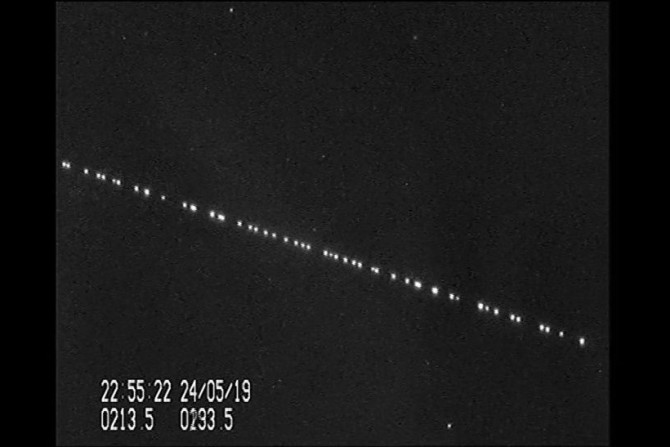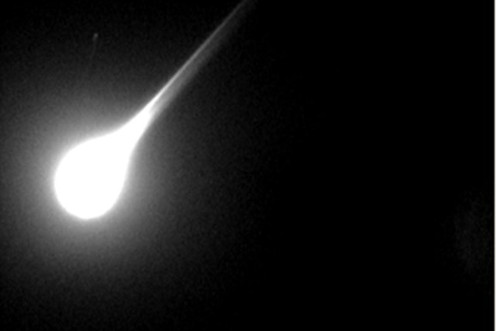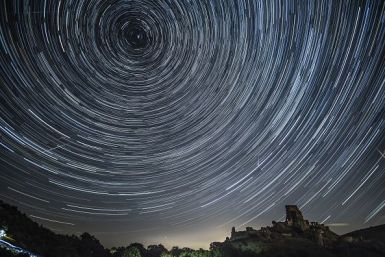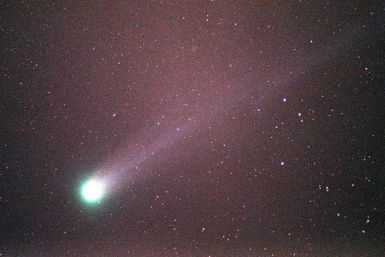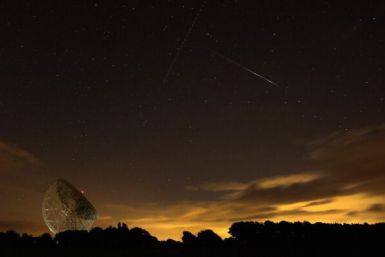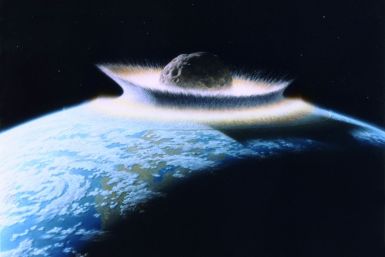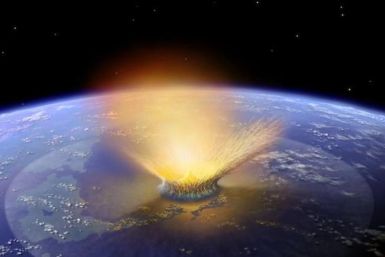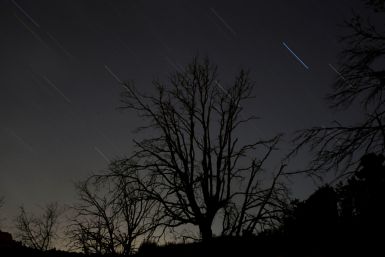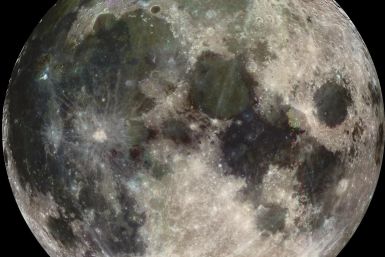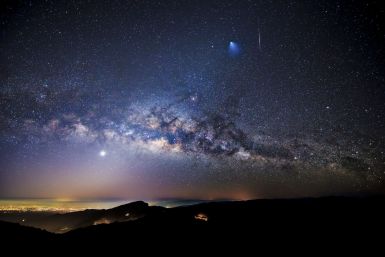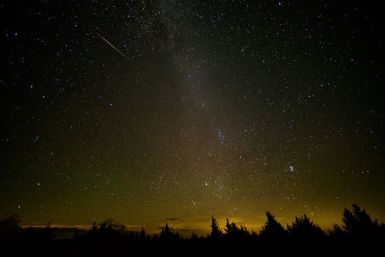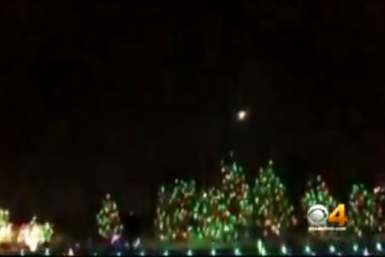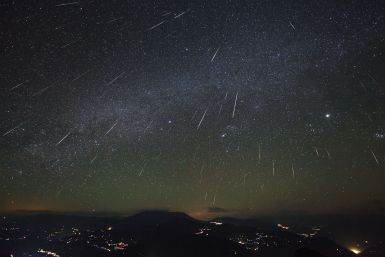The Draconid meteor shower is about to enter its peak, which means sky gazers will be in for a treat this week. During the shower’s peak, the Draconids are expected to showcase about 10 meteors per hour.
Residents in Central New York reported hearing and seeing a large fireball streak across the sky on Monday. According to an astronomy organization, the fireball was caused by an asteroid or meteor that entered Earth’s atmosphere.
A comet is currently approaching Earth and is expected to reach its brightest point on Thursday evening. During this time, the passing comet will be visible from Earth.
The Delta Aquariid meteor shower is about to reach its peak and will be visible over the next few weeks. During its peak, about 20 meteors per hour can be seen.
While the meteor shower that began in July will continue to late August, this week is the meteor shower's peak.
Earth is about two witness two stunning meteor showers from the Southern Delta Aquarids and the Alpha Capricornids near the end of July. During their peaks, the showers are expected to provide about 20 to 25 meteors per hour.
Scientists have warned that the comet responsible for the annual Perseid meteor shower is getting dangerously closer to Earth each time it passes. The comet could eventually collide with Earth, causing a major extinction-level event.
NASA is closely monitoring a massive asteroid that’s currently on a near-collision path with Earth.
Astronomers recently speculated that the Beta Taurids meteor shower that’s expected to happen this month could lead to catastrophic and fatal events on Earth.
A meteor flying across Australia’s sky has been captured in Brisbane, Queensland.
A giant fireball streaked across the sky on April 16 and has been linked to the Lyrid meteor shower.
The shower occurs as Earth passes through the trail of debris left behind by comet 1P/Halley.
The meteor shower occurs when Earth passes through the trailer of debris left behind by Comet Thatcher.
When will we see the next full moon? Not for a few weeks.
The first meteor shower of 2018, the Quadrantids, happens this week.
The Ursids meteor shower peaks Friday night into Saturday morning.
Multiple videos captured a large fireball blazing through the sky above Denver Thursday night.
The Geminids meteor shower is set to peak Wednesday night, if the weather is clear head outside and take a look.
The Geminids meteor shower will peak on Dec. 14, here's the best way to get a good look at the shooting stars.
This weekend you'll be able to see the Leonid meteor shower.
French astronomer Charles Messier first put together a catalog of non-comet celestial objects in 1774 to help comet seekers.
The Orionids meteor shower peaks Friday morning, don't miss the best time to see it.


